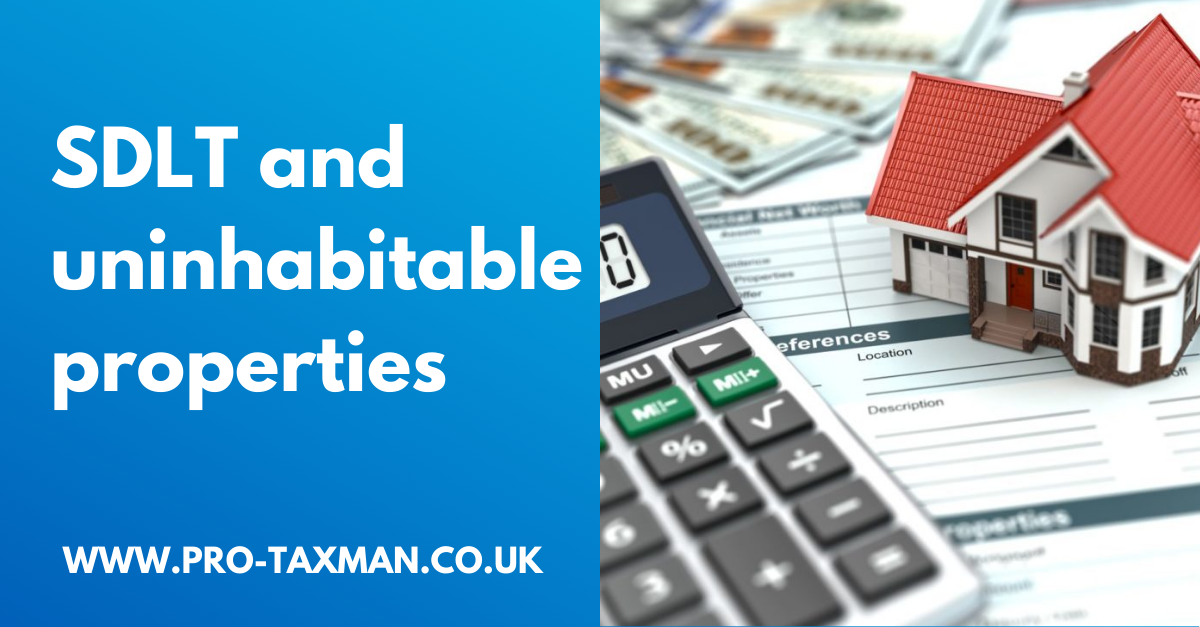For many the lure of a renovation project is strong and for those looking to generate rental income, doing up a dilapidated property to let out may make commercial sense.
When buying an investment property, the addition of the 3% SDLT supplement means that the SDLT hit may be significant. However, as this only applies to residential dwellings, buying a derelict property that does not meet the definition of a ‘dwelling’ can deliver substantial SDLT savings. Not only is the purchase price on which SDLT payable low as the renovation costs are incurred post sale and SDLT-free, SDLT is charged at the non-residential rates and the 3% supplement does not apply.
The Bewley case
In 2019, the First Tier Tribunal ruled in the case of Bewley v HMRC that a bungalow and plot of land, which had planning permission for the demolition of the existing building and the construction of a new dwelling was not suitable for residential use at the effective date of the transaction. As a result, SDLT was payable at the non-residential rates rather than the residential rates, and consequently the 3% SDLT supplement did not apply.
Use or suitable for use as a dwelling
The legislation defines a ‘dwelling’ as a building that is used or suitable for use as a single dwelling or which is in the process of being constructed or adapted for such use.
In the Bewley case, the property was not used as a dwelling on the effective date of the transaction; the question therefore was whether it was ‘suitable’ for use at that date.
The radiators and heating pipes had been removed from the bungalow and the presence of asbestos prevented repairs and alterations being carried out without posing risks. As a result, the tribunal found that the property was not suitable for use as a dwelling. Consequently, SDLT was payable at the lower non-residential rates, in respect of which the 3% supplement does not apply.
Effective date
The test as to whether the property is a dwelling is undertaken at the effective date of the transaction – the completion date. All that matters is whether it is used as or is suitable for use as a dwelling at that date or in the process of being constructed or adapted at that date – it is irrelevant whether it has previously been used as a dwelling, or may be used as one in the future.
More than modernisation The test of whether a property is uninhabitable is a strict one and an uninhabitable property will lack basic facilities necessary to live in it, such as a functioning bathroom and kitchen and heating. A property which is in need of modernisation and redecoration may still be habitable and count as a dwelling – the fact that a property is a renovation project will not in itself mean that non-residential rates apply.
Need professional accounting service or accounting advice? Contact us to book a 15-min Free Consultation with us today.
To find out more please follow us on Facebook, Twitter, or LinkedIn. Feel free to contact us on 0333 006 4847 or request a call back by texting 075 6464 7474

